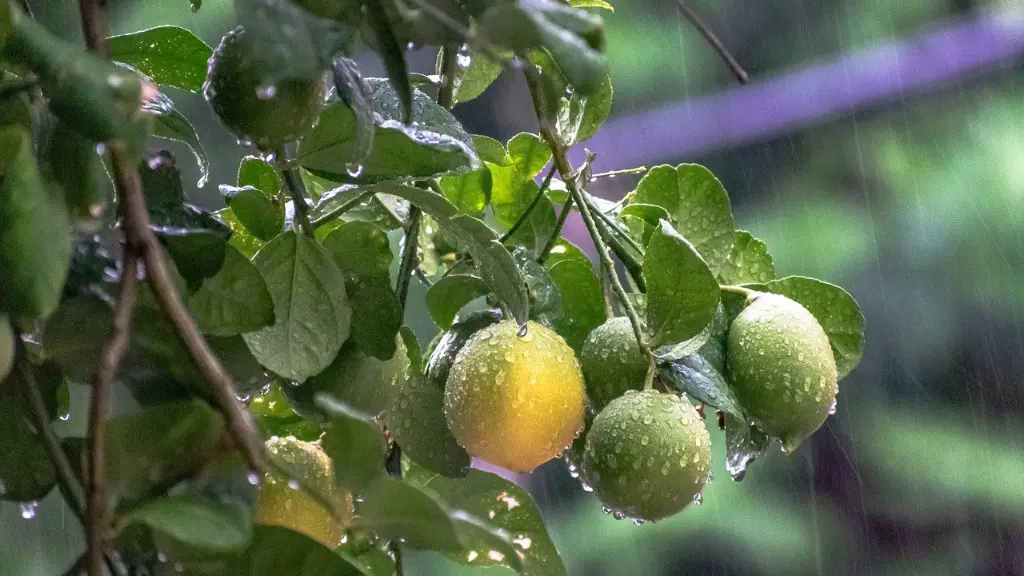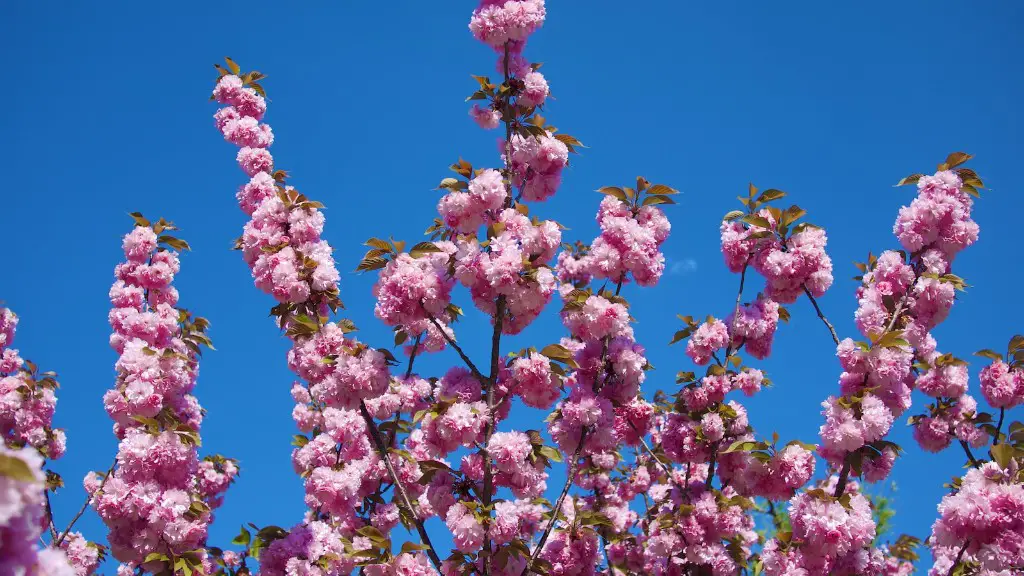It is possible to transplant a potted lemon tree and with the right precautions, it can be done successfully. To start, one should choose an appropriate container for the lemon tree. The container should have enough room for a healthy root system and be able to provide adequate drainage. After selecting a container, create a hole in the soil deep enough to hold the entire root system. Next, moisten the soil in the new container to ensure the roots are able to take water. Then, carefully remove the lemon tree from the old container and inspect the root system for broken or damaged roots. If necessary, trim the roots to prevent them from becoming cramped in the new container.
Planting the Lemon Tree
Once the roots have been inspected, transfer the lemon tree to the new container with the soil. Fill the container with soil until it falls just beneath the rim to allow for watering. Spread the roots evenly throughout the container, being sure to not bury the trunk. Firmly press down on the soil to eliminate any air pockets and to make sure the roots are completely covered. Lastly, water the soil to make sure it is damp, taking care to not over water or drown the lemon tree.
Caring for a Transplanted Lemon Tree
Caring for a transplanted lemon tree is key to its survival. Keeping the soil moist, but not overly soaked, is critical; the soil should have the texture of a damp sponge. A lemon tree should receive an adequate amount of sunlight, typically around 8 hours a day. Be sure to check the soil for proper drainage and if needed, adjust the drainage by adding more soil or compost. If the lemon tree displays foliage discoloration or stunted growth, this could be an indication of improper or insufficient water. Fertilizer can be used to help boost growth and foliage color.
Pest Prevention
Inspecting the lemon tree on a regular basis is essential to prevent pests and disease. Sight and smell are two of the best ways to detect pests or possible diseases. If signs of either pests or disease are noticed, taking the appropriate steps to remedy the problem is essential. Pruning should also be done regularly to maintain a healthy tree and get rid of any dead foliage or branches.
Winter Protection for Potted Lemon Trees
Although lemon trees are frost resistant, living in containers makes them more susceptible to cold temperatures. To protect the lemon tree from winter weather, reduce the amount of watering to use almost fully dry soil. Be sure to bring the container inside or either wrap it for added protection before temperatures drop. In areas where the temperatures dip below 10 degrees F, the lemon tree should be brought inside for the winter.
Other Protection from Harsh Weather
During hot summer months, the lemon tree should be covered to protect it from direct sunlight. In addition, dripping water, such as an irrigation system, onto the lemon tree can provide extra relief from the heat. If there are strong or intense winds, it is necessary to stake the lemon tree in the container or wrap the tree to prevent wind damage. Depending on the size of the tree, adding a wooden or bamboo trellis can be beneficial and can also be used as a support system.
Water and Fertilizer Considerations
It is important to water the lemon tree properly and adjust the amount of water depending on the season. During hot summer months, the lemon tree should generally be watered every few days and kept moist at all times; whereas, during winter months, the lemon tree should be watered about every two weeks. In terms of fertilizing, this should be done about once a month during the later part of spring and over the summer. Be sure to not over fertilize, as this can burn the roots of the lemon tree.

